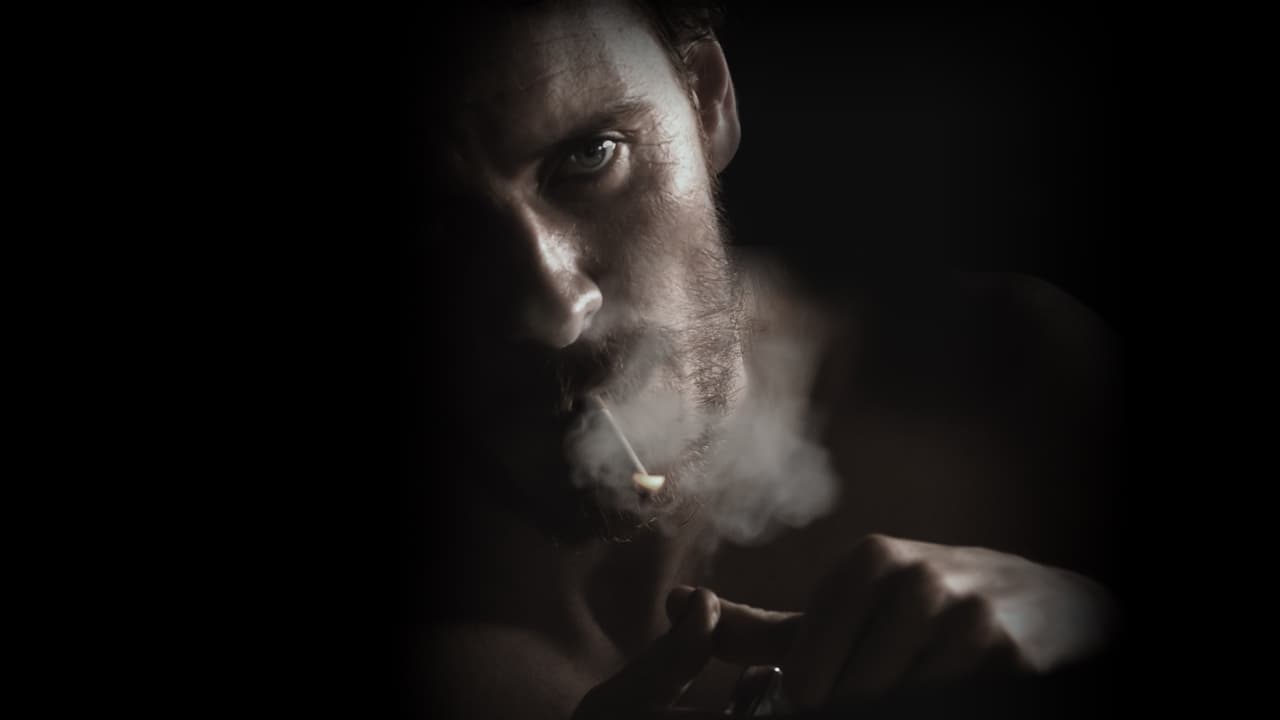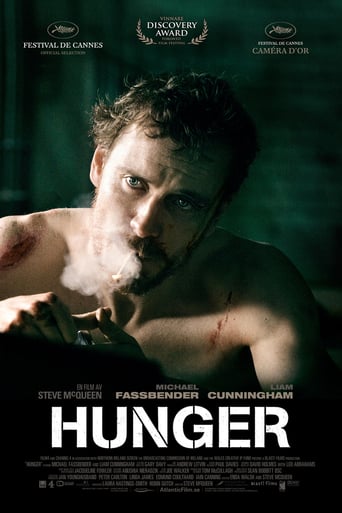Titreenp
SERIOUSLY. This is what the crap Hollywood still puts out?
SunnyHello
Nice effects though.
Livestonth
I am only giving this movie a 1 for the great cast, though I can't imagine what any of them were thinking. This movie was horrible
Wyatt
There's no way I can possibly love it entirely but I just think its ridiculously bad, but enjoyable at the same time.
Debb Curry-Millard
I was 11 when this film was based. I used to watch the news and hear about the conditions within the prison and when the prisoners went in hunger strike. Didn't know about the "blanket" and "no bath" policy. So I watched this film with a very small understanding. There is very little dialogue in the film. The pictures tell the story. A prison officer going to work. A new prisoner saying he wanted to wear his own clothes. Being made to strip in front of a group of prison officers. The first sight of the cell which was so visceral I actually thought I could smell how bad it must have been. We are introduced to Sands (played brilliantly by Michael Fassbender) when he is taken to be washed and have his hair cut. I knew there was violence on both sides, however seeing that scene shocked me. Badly. I didn't know if I could watch the rest of the film. However, I'm glad I did. When the prisoners are given gaudy clothes and are in normal cells, they decide to make a point and start wrecking their cells. What follows had me in tears. In the Roman times, the army used to used decimation as a way of punishment. The punishment was death by clubbing or stoning. The scene with the prisoners having to make their way down a corridor with riot guards on both sides, hitting their shields to scare and using their batons to hurt, was reminiscent of this. Sands and his priest Dom meet and Dom tries to talk him out of the hunger strike accusing Sands of wanting to commit suicide and become a martyr. I've read that the two actors stayed with each other and practiced that scene over 10 times a day. There is no camera movement until near the end. It is one seamless shot. And it was done in 4 takes. There was also a scene where an officer was cleaning up the nightly urine which the prisoners emptied under their doors onto the corridor. Again, one camera until towards the end and it was beautiful. Never thought I'd call watching someone clean up urine beautiful.The last part of the film shows Sands at the end of his hunger strike. Again, not much dialogue; we just watched Sands get more ill and thinner to the point where he cannot stand the weight of clothes on his skin.It's diffic to say I enjoyed it as it's not a fluffy, feel good movie however it was a powerful film and I'm glad I did watch it.
areatw
'Hunger' is a brutal film, at times even difficult to watch. For a relatively unknown film with a modest budget, I was impressed at just how well it was put together. It gives a very raw account of the horrific 1981 hunger strikes, with minimal dialogue and extended scenes of suffering.The atmosphere throughout the whole film is very unnerving and makes for uncomfortable, but also compelling viewing. It's very slow-moving and some of the scenes are deliberately long, but this is effective in adding to the mood of the film. My only criticism would be the lack of background given to the events in the film, but other than that, 'Hunger' is well worth watching.
nox09
great acting from Fassbender , very realistic shot movie with a lot of violence and brutality . the Dialoge between Bobby and the priest was the best part in the movie , loved it and the whole hunger strike part was just painful to watch ( in a good way ) . i still think movie had a lot of scenes that were used for no reason , seen with the guard or the guy trying to play with the fly or the guy cleaning the walls, i understand that those scenes were helping to make realistic look and atmosphere but still did not work for me at least...... 1 thing that movie was lacking was emotions , movie felt a little flat . maybe director made it so it will look more artistic which it definitely did .
SnoopyStyle
It's 1981. Raymond Lohan (Stuart Graham) is a guard in the Maze Prison, Northern Ireland. Davey Gillen is a new IRA prisoner who refuses to wear prison uniforms. He's put in with Gerry who has smeared the cell with his own feces. They smuggle things in and out of the prison. Bobby Sands (Michael Fassbender) leads the prisoners in a hunger strike.It's quiet film and full of little details. It doesn't wallow in the brutality but lets it envelop the movie. There is a realism in the movie that is more powerful than any flash or action sequence. One really gets the sense of dehumanization. Dialog is sparse but there is a great discussion between Sands and Father Dominic Moran. This is quietly brutal and some great performances including Fassbender.

